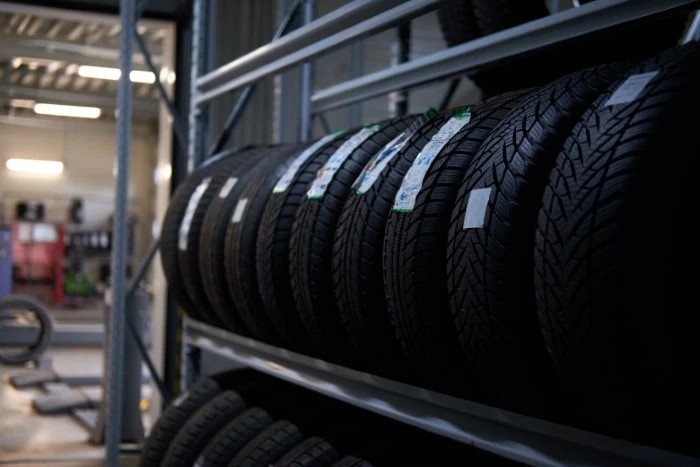Understanding Tire Speed Ratings: What Those Letters Mean for Your Safety
Understanding Tire Speed Ratings: What Those Letters Mean for Your Safety
Ever noticed that seemingly random letter at the end of your tire size designation? It's actually your tire's speed rating—a critical safety indicator that determines the maximum speed your tire can safely maintain under optimal conditions. From economy-focused S ratings to high-performance Y and (Y) ratings for exotic vehicles, these letters provide essential information about your tire's capabilities and limitations.

What Are Tire Speed Ratings?
Tire speed ratings indicate the maximum speed a tire can safely sustain under ideal conditions when properly inflated and not carrying excessive load. These ratings emerged from European testing standards and have become a global standard for tire performance classification.
The rating appears as a letter following the load index in your tire's sidewall markings. For example, in a tire marked "225/45R17 91V", the "V" represents the speed rating.
Speed Rating Chart: What Each Letter Means
| Rating | Maximum Speed |
| L | 75 mph (120 km/h) |
| M | 81 mph (130 km/h) |
| N | 87 mph (140 km/h) |
| P | 93 mph (150 km/h) |
| Q | 99 mph (160 km/h) |
| R | 106 mph (170 km/h) |
| S | 112 mph (180 km/h) |
| T | 118 mph (190 km/h) |
| U | 124 mph (200 km/h) |
| H | 130 mph (210 km/h) |
| V | 149 mph (240 km/h) |
| W | 168 mph (270 km/h) |
| Y | 186 mph (300 km/h) |
| (Y) | >186 mph (>300 km/h) |
Why Speed Ratings Matter
Even if you don't plan on driving at autobahn speeds, tire speed ratings affect more than just maximum velocity:
1. Handling and Performance
Higher speed-rated tires typically feature stiffer sidewalls and advanced rubber compounds that provide better handling, improved cornering stability, and more responsive steering—even at normal driving speeds.
2. Heat Resistance
Speed ratings indicate a tire's ability to dissipate heat during sustained high-speed operation. A tire operating beyond its speed rating can overheat, potentially leading to tread separation or blowout.
3. Vehicle Compatibility
Vehicle manufacturers specify minimum speed ratings based on the car's performance capabilities. Using tires with lower speed ratings than recommended can compromise handling and safety.
4. Legal Considerations
In many jurisdictions, downgrading from your vehicle's original speed rating may violate safety regulations or affect insurance coverage in the event of an accident.
Common Applications by Rating
- Q, R, S Ratings: Often found on winter tires, small passenger cars, and light trucks
- T Rating: Popular for family sedans and minivans
- H Rating: Common on sports sedans and coupes
- V, W Ratings: Performance vehicles and luxury sports cars
- Y, (Y) Ratings: High-performance sports cars and exotic vehicles
The Testing Process
Speed ratings are determined through rigorous laboratory testing. Tires are mounted on a test wheel and pressed against a large drum that simulates the road surface. The tire is then run at specified speeds in 10-minute increments until it reaches its target test speed. If the tire maintains structural integrity, it receives the corresponding speed rating.
Important Considerations
- Exceeding the rating is dangerous: Even briefly exceeding your tire's speed rating can cause excessive heat buildup and potential failure.
- Damage invalidates the rating: Any tire that has been repaired, damaged, or worn significantly no longer maintains its original speed rating.
- Matching is crucial: All four tires should have the same speed rating to ensure balanced handling.
- Winter tires often have lower ratings: Be aware that winter tires typically carry lower speed ratings than summer or all-season equivalents.
Choosing the Right Speed Rating
When replacing tires, it's recommended to maintain at least the speed rating specified by you